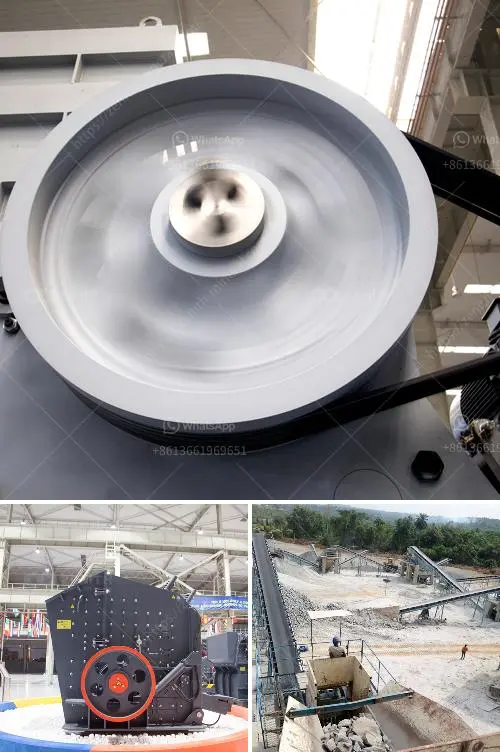A 200 TPH (tons per hour) mobile crusher in quarry operations typically produces a varied output depending on several factors, including the type of material being processed, the intended final product, and the equipment configuration. However, here's a general idea of what this type of crusher might produce:
Aggregate: The primary output for most quarry operations. A 200 TPH mobile crusher can produce a wide range of aggregate products including:
Crusher Run: A mix of crushed stone and stone dust. It is often used as a base for roadways or for civil and structural foundations.
Manufactured Sand: If the crusher is equipped with the right crushing and screening system, it can produce manufactured sand which can be used in place of natural sand in concrete mixtures.
Other Specific Outputs: The mobile crusher might also be configured to produce tailored outputs such as:
The exact output can vary depending on the crusher settings (such as the closed side setting or CSS in jaw crushers), the type of crusher (jaw, cone, impact), and the initial size and type of raw material being fed into the crusher. Also, additional equipment such as screens or conveyors, when used in conjunction, can help sort and optimize the output into specific size distributions according to the demand.
